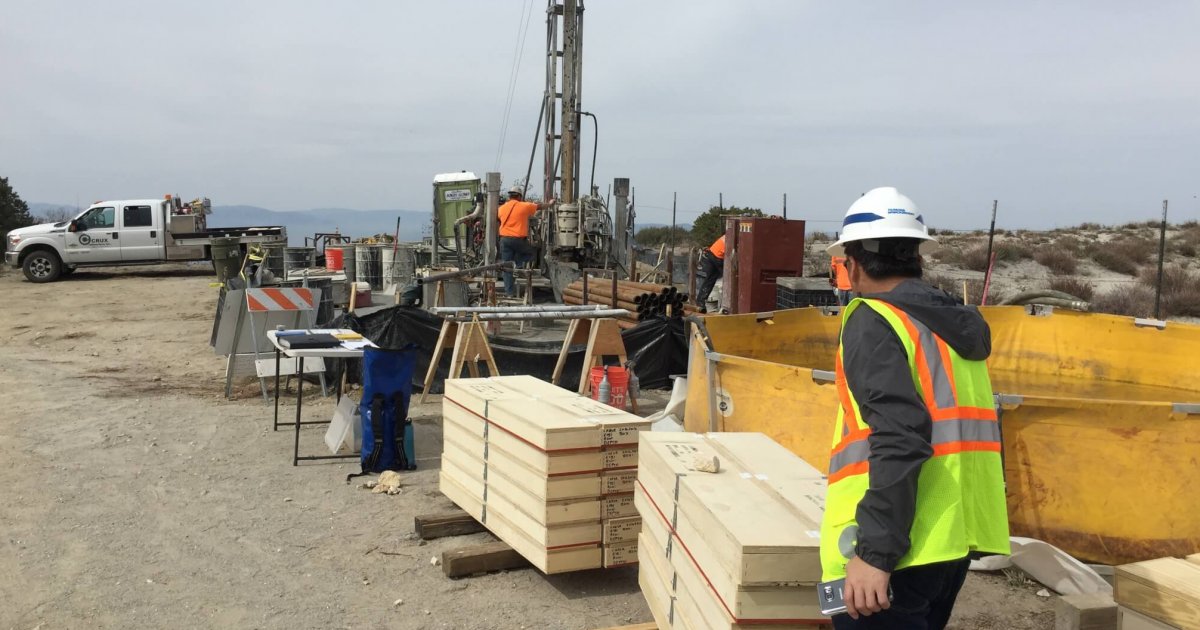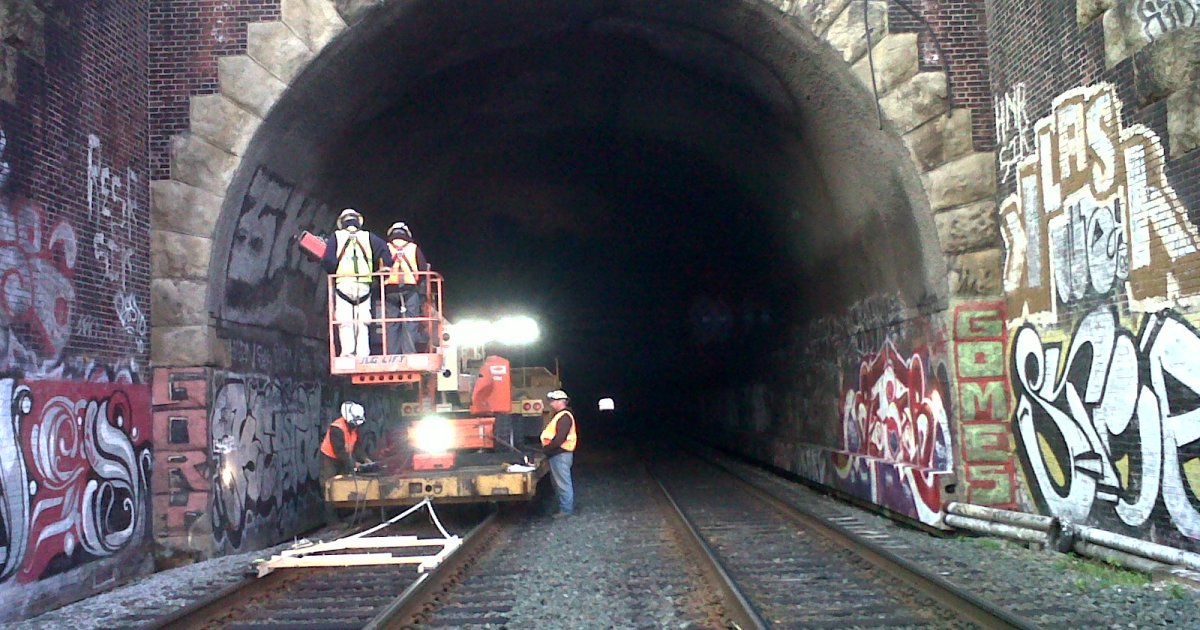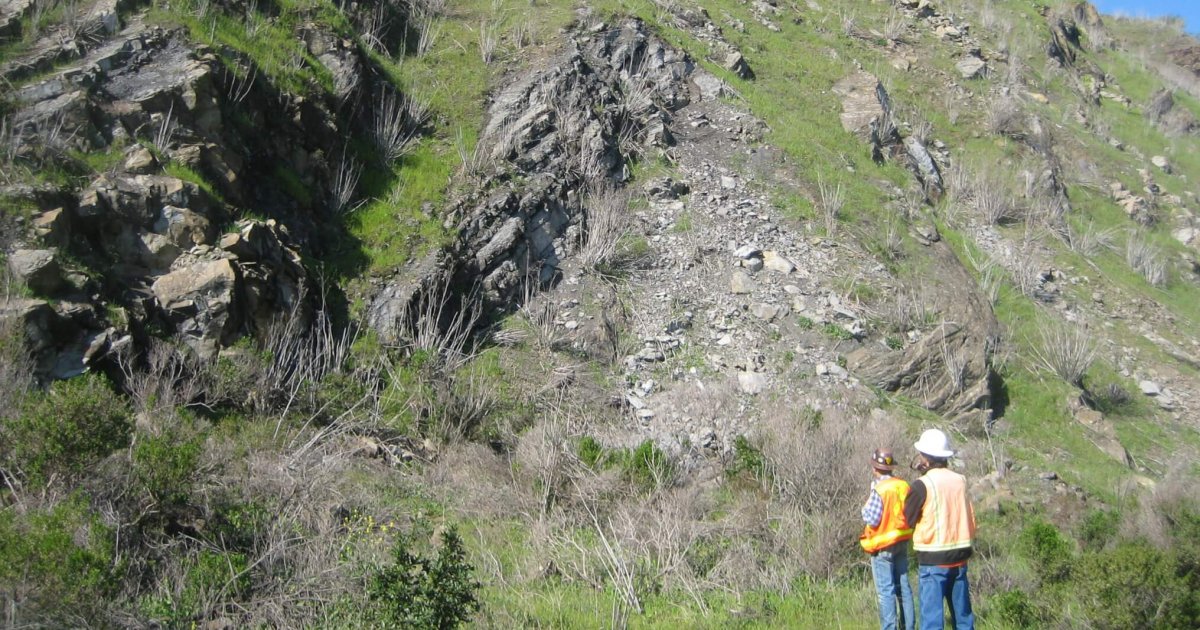The California High-Speed Rail (HSR) is a publicly-funded high-speed rail system intended to operate between San Francisco and Los Angeles with a top speed of over 200 miles per hour. The San Francisco to San Jose segment consists of elevated, at-grade, and below-grade tracks and shares a common use corridor with the Caltrain commuter rail service and Union Pacific railroad freight operations. The San Jose to Merced segment consists of large cuts and fills for at-grade tracks, elevated via-duct, cut-and-cover tunnels, approximately 13 miles of bored tunnel, and tunnel portals. Grade separations are planned at all road crossings and stations are planned at select cities along the alignment. ENGEO is part of the team providing engineering design services for the San Francisco to Merced section. ENGEO’s scope of services includes geotechnical engineering related to all aspects of the project.

The role includes identifying geotechnical and geologic constraints along the alignment and establishing appropriate mitigation for seismic risks. We are also providing geotechnical design criteria for cut and cover sections, hard rock and soft soil tunnels, below-grade stations, and above-grade track and station components.
Also included are grade separations at a key peninsula location; construction of the underground-level train station structure and mezzanine for the Transbay Transit Center in San Francisco; new platforms and other improvements at the Caltrain station at Fourth and King Streets in San Francisco to make way for high-speed trains; and the first increment of the new marquee Diridon Station in downtown San Jose.
Additionally, ENGEO performed geologic mapping that included characterizing large deep-seated landslides near the proposed tunnel portal locations. This landslide mapping was used to determine future exploration locations and for preliminary planning for tunnel portal excavations. ENGEO determined that major movement of a particularly large landslide complex near a tunnel portal likely had not occurred since the Ice Age, and therefore, was not likely to present a fatal flaw to the project. This saved the project significant costs in further exploration of this landslide complex, as well as potential design changes.
ENGEO also prepared documents for the Environmental Impact Report (EIR) including for Geology, Soils, and Seismicity as well as Hazardous Materials. These documents included Technical Reports and the EIR sections for these topics. This work included a review of existing data along multiple alternative alignments and analysis of geologic, seismic, and geotechnical hazards as well as hazardous materials impacts. Working closely with the prime environmental consultant, these reports were delivered on time and on budget.

Project challenges include active faults, liquefaction, massive landslides, complex Franciscan Formation bedrock, remote access, working in an environmentally sensitive region, limited access to geologic features, and extensive public outreach efforts.

ENGEO’s geotechnical services were performed in multiple phases concurrently and with an accelerated schedule. ENGEO prepared two geotechnical investigation work plans for the San Jose to Merced segment timely and under budget. In addition, ENGEO prepared a geotechnical data report (GDR) and a geotechnical investigation report (GIR) for the San Francisco to San Jose segment. ENGEO also coordinated and implemented a portion of the Phase 1 Geotechnical Investigation Work Plan. Furthermore, ENGEO prepared county drilling permits, Caltrans encroachment permits, and detailed work plans for environmental clearance as well as permission to enter private properties. Geologists on the team logged the rock cores coordinated in-situ testing and downhole geophysical surveys in a compressed 3-month schedule. The work was performed in a collaborative manner with the tunnel design team and with HSR representatives. ENGEO also developed a GIS database to provide prompt and accurate access to existing geotechnical data and proposed boring locations.